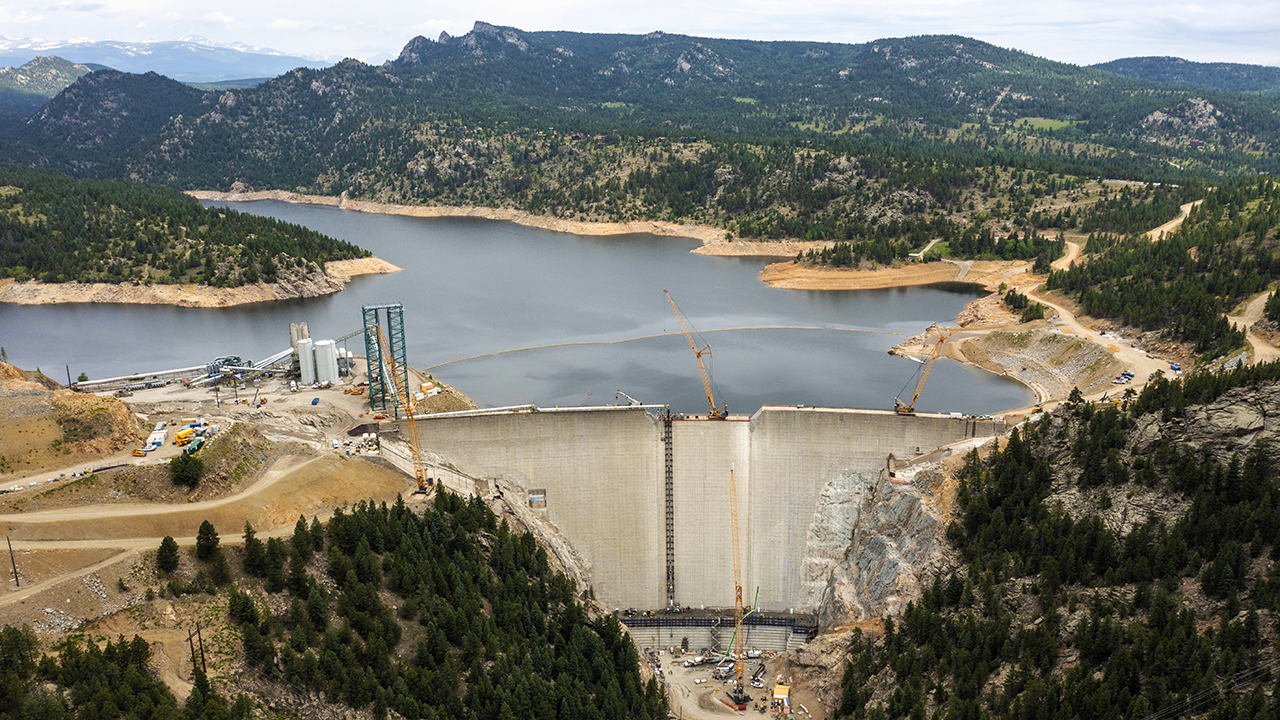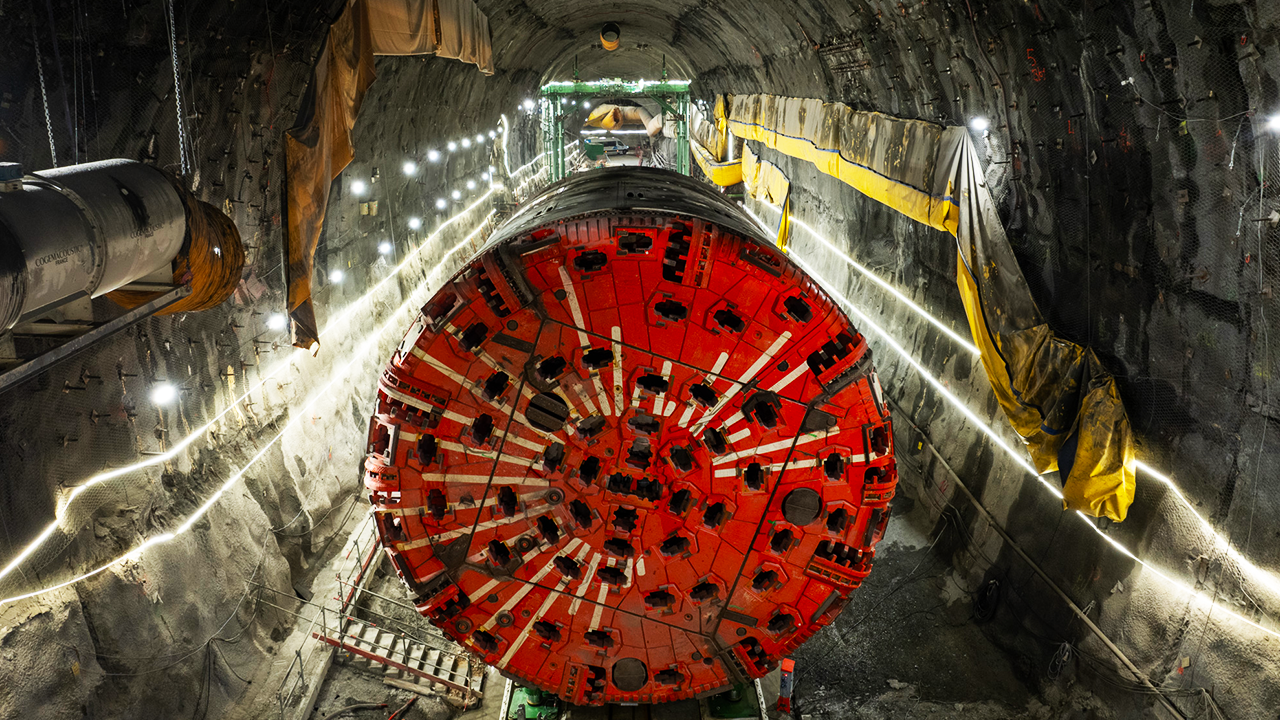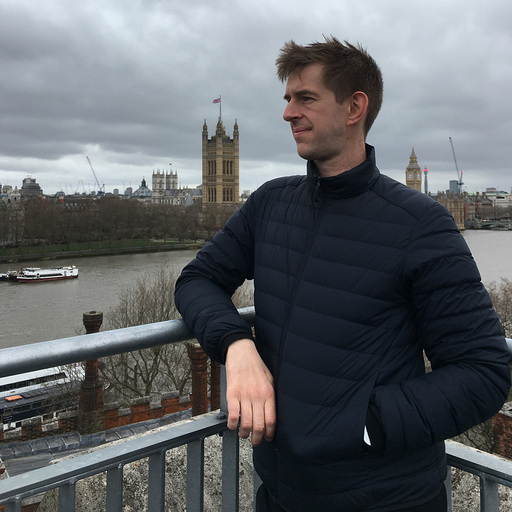Chernobyl Was Struck By a Drone - What Now?
- Youtube Views 2,427,658 VIDEO VIEWS
Video hosted by Fred Mills.
ON A FREEZING February night in 2025, a drone slipped across the Ukrainian border and struck the most infamous nuclear site on earth. The explosion tore through the roof of Chernobyl’s New Safe Confinement — a €2bn steel arch built to protect the world from the wreckage of reactor four.
It was the first time a piece of nuclear infrastructure anywhere in the world had been directly attacked. The strike ignited a fire that burned for more than two weeks, damaged hundreds of square metres of roof cladding, and left engineers facing a question they thought they had put to rest: what happens if Chernobyl fails?
Chernobyl is remembered as the site of the worst nuclear disaster in history. In April 1986, a late-night safety test went catastrophically wrong inside reactor four. The resulting explosion hurled a deadly plume of radioactive material across Europe, forced the evacuation of 50,000 people from the nearby city of Pripyat, and left a scar on the nuclear industry that has never healed.
In the months that followed, Soviet engineers raced to contain the wreckage. They built a huge concrete-and-steel tomb, known as the “sarcophagus”, in just 206 days. Working in extraordinary radiation, with minimal protection, they encased the shattered reactor using whatever materials came to hand: steel beams, slabs, even contaminated vehicles.

Above: The Chernobyl "sarcophagus".
It was an astonishing feat of emergency construction, but it was never intended to last. Within a decade, cracks had spread, supports were failing, and experts warned of collapse. The prospect of another vast radioactive release hung over Europe.
The answer was one of the most ambitious civil engineering projects of the modern age. Backed by 40 countries and coordinated by the European Bank for Reconstruction and Development, the New Safe Confinement (NSC) was designed to entomb reactor four for at least a century.
Its statistics still astonish. The arch spans 260 metres, stands 108 metres high and weighs 36,000 tonnes. It could comfortably swallow the Colosseum in Rome. At the time of its completion, it was the largest moveable structure ever built on land.
The project’s complexity was not just about scale. Because radiation levels near the reactor remained high, the structure could not be built directly on top. Instead, engineers assembled it in a giant construction yard 150 metres away.
Even there, space was tight. The solution was to build the arch in two halves. Each half was slid aside, then welded together, before being raised by strand jacks — hydraulic lifting systems that hoisted bundles of steel cables in careful increments, inching the roof skywards piece by piece.
The NSC was more than a shell. It was a system.
The arch’s double-layered roof created a 10-metre-wide cavity known as the annular space. Engineers filled it with dry, pressurised air. The design preserved the steelwork and ensured that, if small leaks occurred, air flowed outwards — keeping radioactive particles from escaping.
The roof itself was a carefully calibrated sandwich of materials. On the outside, smooth cladding encouraged rain and snow to slide away. Beneath it lay thermal insulation and membranes to resist heat, fire and weathering. Inside, stainless steel panels reflected gamma radiation back towards the reactor.
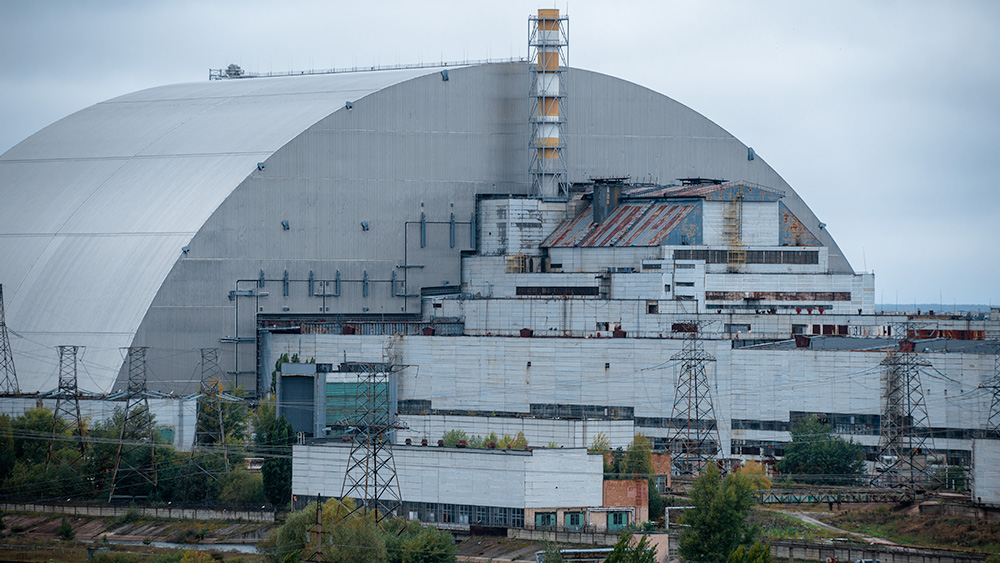
Above: The Chernobyl New Safe Confinement.
Together, these layers created a structure able to withstand earthquakes, lightning strikes, and tornadoes. It was meant to outlast them all.
In November 2016, after a 15-day sliding operation across Teflon-coated rails, the arch was moved into place over the old sarcophagus. Three years later, in July 2019, it was officially handed to the Ukrainian authorities. For the first time in decades, Chernobyl felt secure. But the NSC had been built to resist nature, not war.
At 2am on 14 February 2025, a Russian Geran-2 drone struck the north-west corner of the roof. The explosion ripped through both layers, destroying insulation and exposing membranes to flame.
As the fire spread inside the roof’s cavity, firefighters faced conditions for which no manual had prepared them. Temperatures outside plunged to -16C. Water froze before it could seep down to smouldering insulation. For 17 days, hoses ran continuously, until finally, on 7 March, the blaze was declared out.
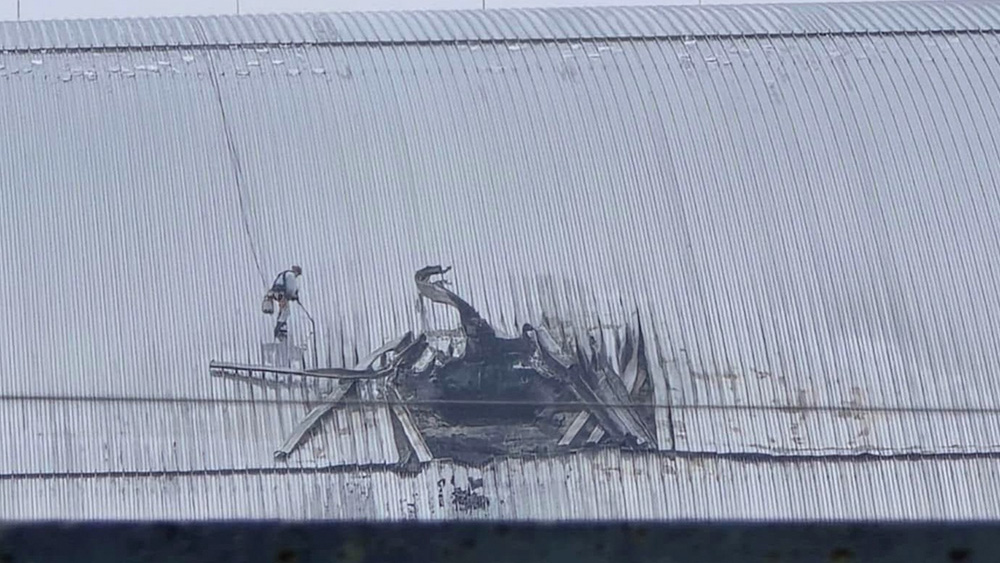
Above: Damage caused by the drone attack.
By then, some 200 square metres of roof had been destroyed. More critically, the blast and the subsequent firefighting had compromised the very system designed to keep radioactive dust inside: the annular space lost its pressure, and with it, its ability to guarantee containment.
Engineers now face an unprecedented challenge: how to restore a structure designed to be airtight, without rebuilding it from scratch.
Early suggestions that half the arch could be slid back to the original construction yard for repair have already been dismissed as impossible. The NSC was never designed to move again.
Instead, Ukrainian authorities are carrying out short-term patching — sealing the blast hole and the hundreds of smaller openings drilled by firefighters to attack the blaze. These fixes may keep water out, but they do not restore the pressurised chamber.
Simon Evans, who led the International Chernobyl Cooperation Account at the European Bank for Reconstruction and Development, puts it bluntly: “How you start to repair the longer-term functionality of the arch is still not yet known. It’s unlikely we’ll be able to replicate the original design. We’re going to have to look at alternative options, which might include reducing the lifetime of the structure.”
The strike comes at a moment when Chernobyl was already under strain. Russian troops captured the site during the first days of the full-scale invasion in 2022, disturbing contaminated soil as tanks manoeuvred and even digging trenches in the Red Forest — one of the most radioactive spots on earth.
Although the plant was later recaptured, years of careful decommissioning work have been set back. Expertise has been lost, transport links disrupted, and funding squeezed as Ukraine diverts resources to war.
Before the attack, the NSC was meant to provide the stability required to dismantle the original sarcophagus and remove nuclear fuel. Now, that long-term plan has been thrown into uncertainty.
Chernobyl has always been more than a site of disaster. It is also a site of engineering ingenuity.
The sarcophagus of 1986, thrown together in impossible conditions, was a monument to human endurance. The New Safe Confinement was a monument to international cooperation, proving that nations could work together to solve a problem that no one country could face alone.
Now, that spirit is being tested again. The drone strike did not release radiation. But it reminded the world that Chernobyl is not finished. Its ruins remain, its dangers endure, and its shield — the largest movable structure in history — is wounded.
The question for engineers and policymakers is the same: not whether Chernobyl is safe today, but how to make sure it stays safe tomorrow.
Additional footage and images courtesy of European Bank of Reconstruction and Development, State Emergency Service of Ukraine, ABC, BBC, Mammoet, CHNPP, CIA, IAEA, Carl Willis, State Border Guard Service of Ukraine, NBC.
We welcome you sharing our content to inspire others, but please be nice and play by our rules.

